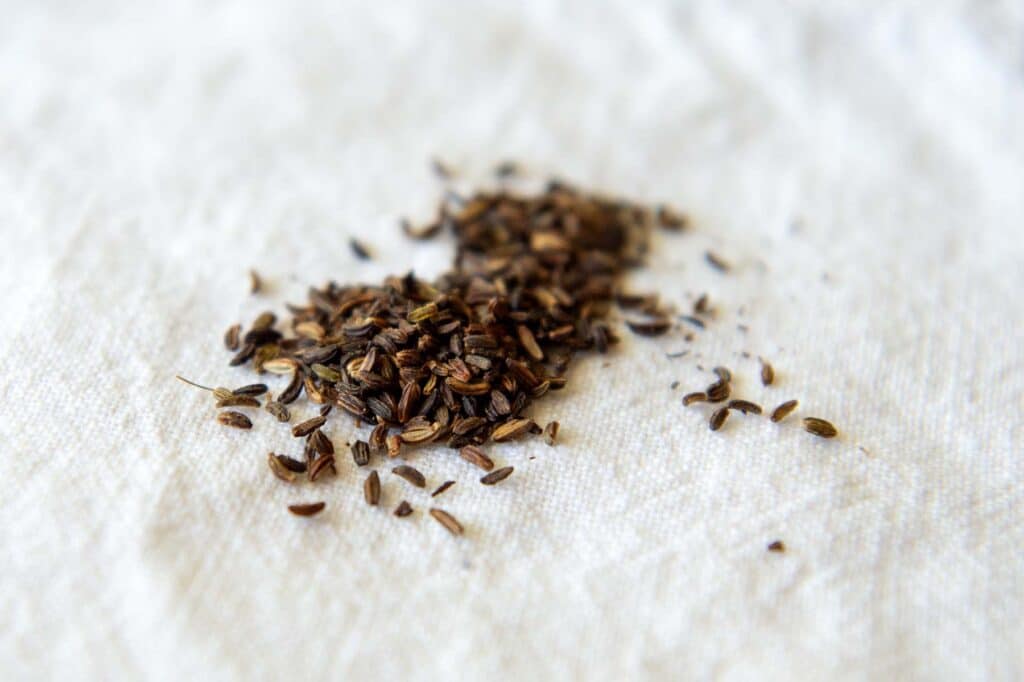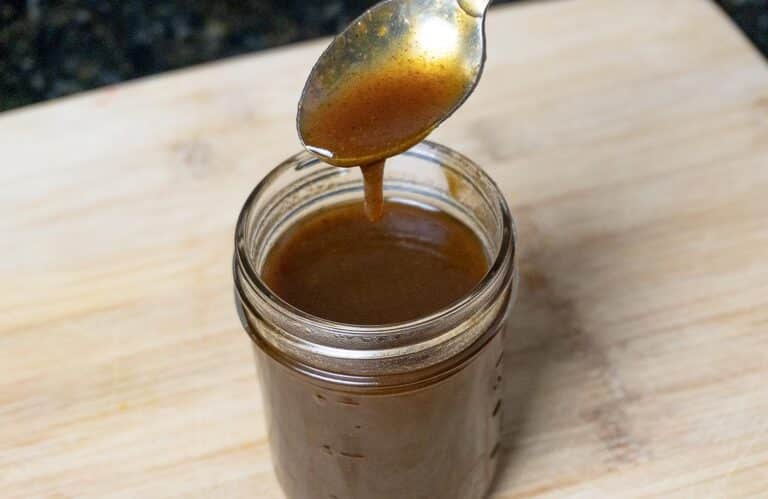Can You Eat Alexanders Raw?

Finding out the culinary uses of less common herbs can often lead to interesting discoveries about how our ancestors used to prepare and enjoy their food.
Alexanders, also known as Smyrnium olusatrum, is one such herb that was a staple in ancient diets, especially in Roman times. While today’s popular herbs like parsley and cilantro are commonly eaten raw, the question arises: Can you consume Alexanders in its raw form?
Understanding Alexanders
Before considering eating Alexanders raw, it’s important to understand what this plant is and where it comes from.
Alexanders is a biennial herb native to the Mediterranean but can now be found across various parts of Europe and North America. This plant was extensively cultivated and used by the Romans and has parts that are known to be edible, including its leaves, stems, roots, and seeds.
Edibility of Raw Alexanders
Leaves: The young leaves of Alexanders are the most suitable for raw consumption. They have a robust, herbaceous taste that resembles a mix of celery and parsley but with a more pronounced bitterness.
These leaves can be quite fibrous, so they are typically more enjoyable when young and tender. In salads, young Alexanders leaves can add a refreshing, albeit slightly bitter, element. However, due to their bitterness, many people prefer to blanch them briefly to soften their intense taste.
Stems: Similar to the leaves, the stems of Alexanders are edible. When young, they can be crunchy and are not unlike celery in texture. However, their bitter taste can be quite strong when eaten raw. For those new to Alexanders, it might be advisable to cook the stems to mitigate their bitterness and make them more palatable.
Roots: The roots of Alexanders are generally consumed cooked. They are tough and fibrous, making them difficult to digest when raw. Cooking not only softens them but also mellows their taste, making them a better addition to meals.
Seeds: Alexanders seeds can be used as a spice and are sometimes used in pickling. While they can be consumed raw, they are usually dry-roasted to enhance their taste, which can be quite pungent and overpowering in its raw state.
Safety Considerations
While Alexanders is edible, like many wild plants, it is essential to ensure correct identification before consuming it, especially raw, to avoid confusing it with toxic plants. Always forage with an expert or refer to reliable sources when picking wild herbs.
Moreover, those with sensitive digestive systems might find that raw Alexanders, particularly the more fibrous parts like stems and older leaves, could be challenging to digest. In such cases, it’s advisable to start with small amounts to see how your body reacts.
Culinary Tips
For those interested in incorporating Alexanders into their diet, here are a few tips to enhance your culinary experience:
- Salad: Mix young Alexanders leaves with other greens to balance their bitterness with sweeter or milder tastes.
- Smoothies: Add a few young leaves to a vegetable smoothie to introduce a new taste and increase nutritional content.
- Herb Paste: Blend young leaves with olive oil, garlic, and nuts for a unique, bitter herb paste that can be used in cooking.
Yes, you can eat Alexanders raw, particularly the young leaves and possibly the stems if you enjoy their strong taste. However, whether or not you choose to eat Alexanders raw will depend on your taste preferences and how well you tolerate bitter, fibrous plants. Alexanders offers a unique taste experience that connects us to historical culinary practices and expands our palate to include wild, foraged foods.






